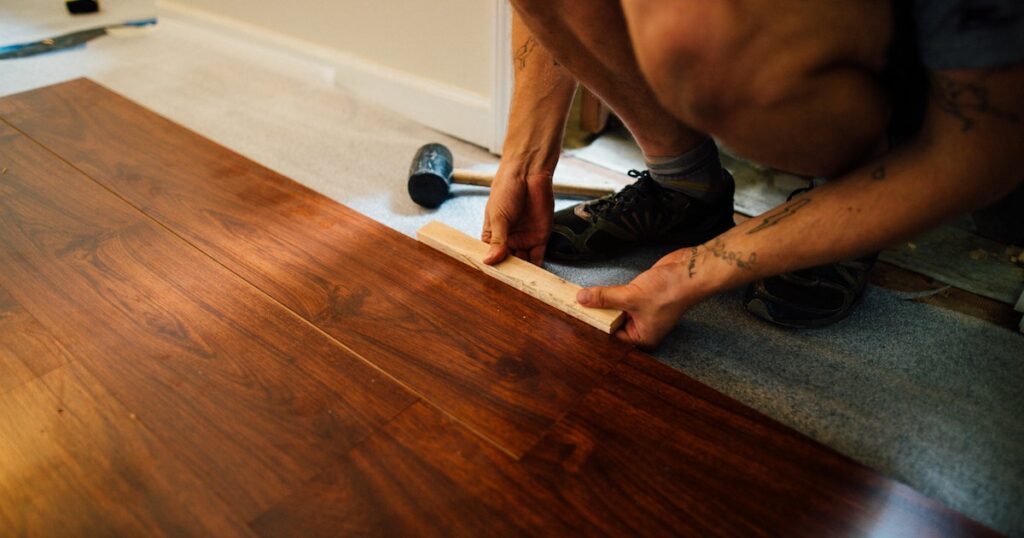Learn How to Finance a Flooring Installation or Repair

4. Personal Loans, Including Personal Credit Lines
Personal loans are classified into two types: secured and unsecured loans. Most lenders will issue you a personal loan depending on your credit history. Consider a personal loan, particularly if the project is minor. The term “loan” refers to the process of acquiring a loan. This loan is not secured by your home.
It typically has a fixed interest rate that is paid over a set length of time. Personal lines of credit are perfect for initiatives that are hard to anticipate how much they will cost. It aids in project cost management because you only withdraw when you need to spend. Its biggest downside is that its interest rates fluctuate, which can be costly in the long run.
5. Refinancing a Mortgage
If you want low-interest rates, refinancing your mortgage can provide them. Refinancing mortgages is a popular strategy for homeowners to make home upgrades. When refinancing your mortgage, the lender calculates how much you can borrow by reviewing the appraised value of your house.
The value is referred to the banking organizations as home equity. House equity arises when you have made all required mortgage payments and the home has appreciated since the time it was purchased. But do not cash out all of your home’s equity.
Always think about your original lender, how much mortgage refinancing they can provide, and the repayment terms. You can compare their rates to those of one or two different lenders.
Finally, select the lender with the lowest interest rates and monthly payments you can afford. Work with an attorney as much as possible to ensure that you understand your agreements (all the paperwork).
6. Home equity, home equity line of credit, or hybrid mortgage
Another option for financing your flooring is to use home equity loans, home equity lines of credit (HELOCs), or a combination of the two. This is popular since it is a long-term loan with low monthly payments.


